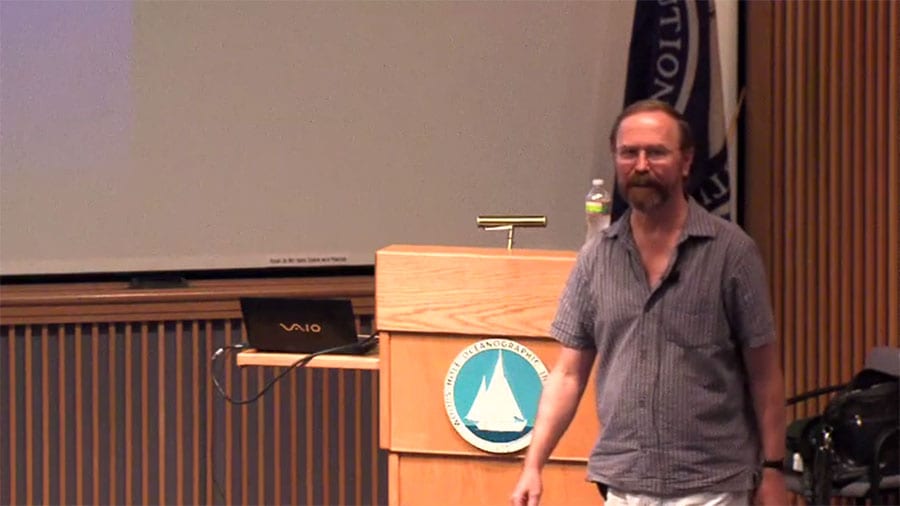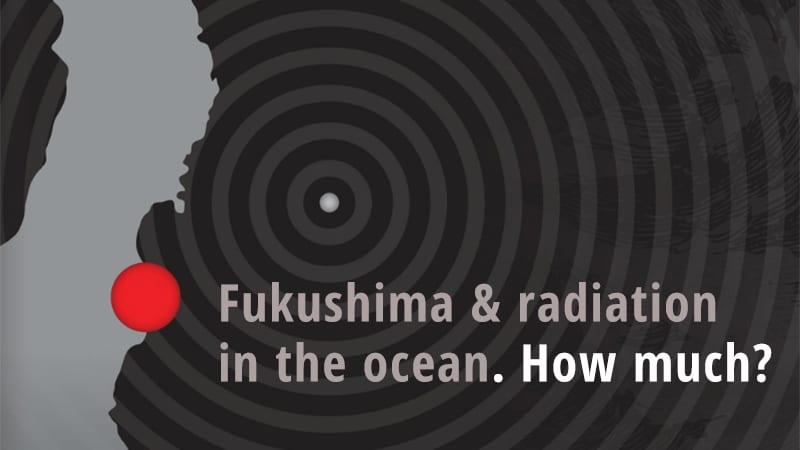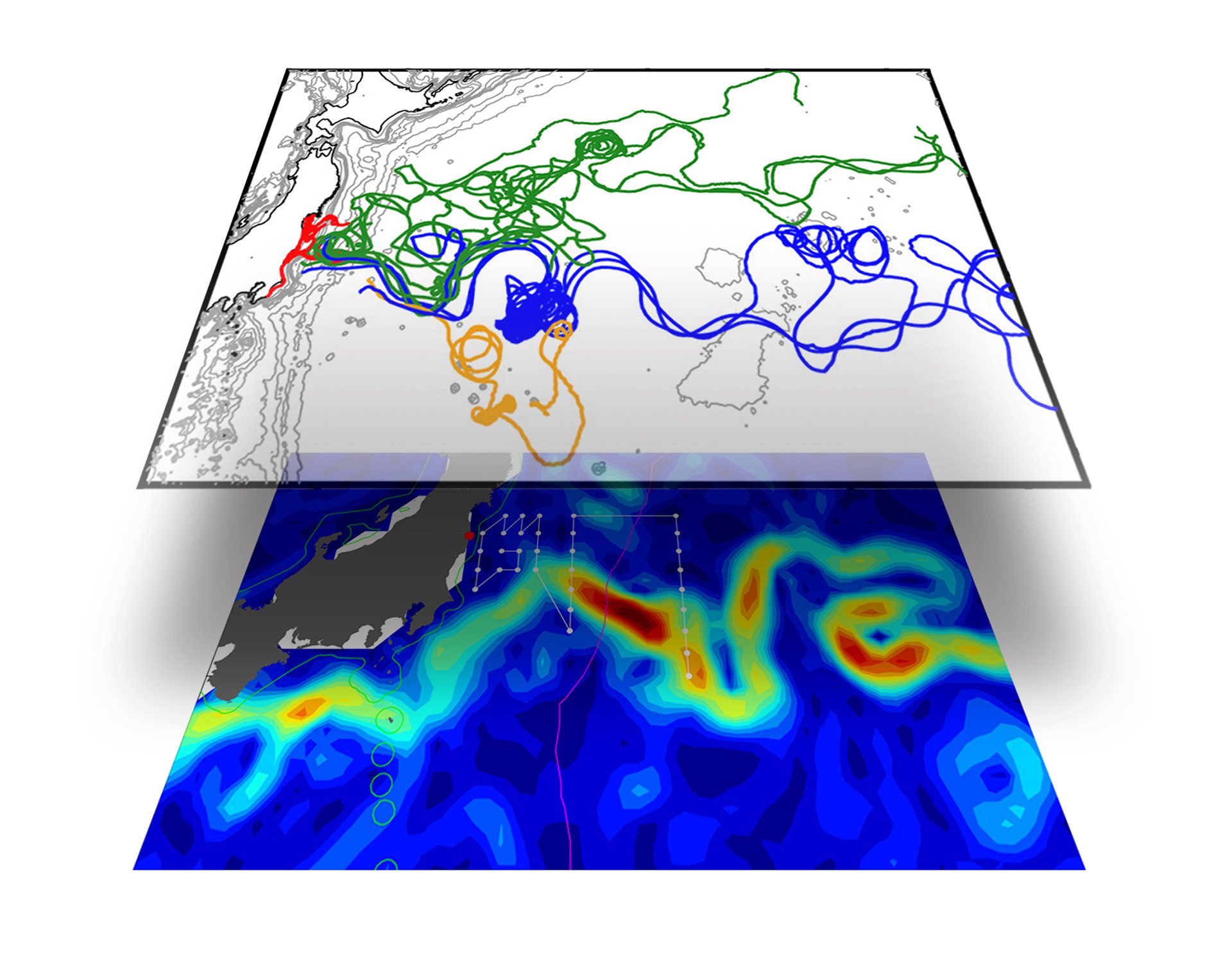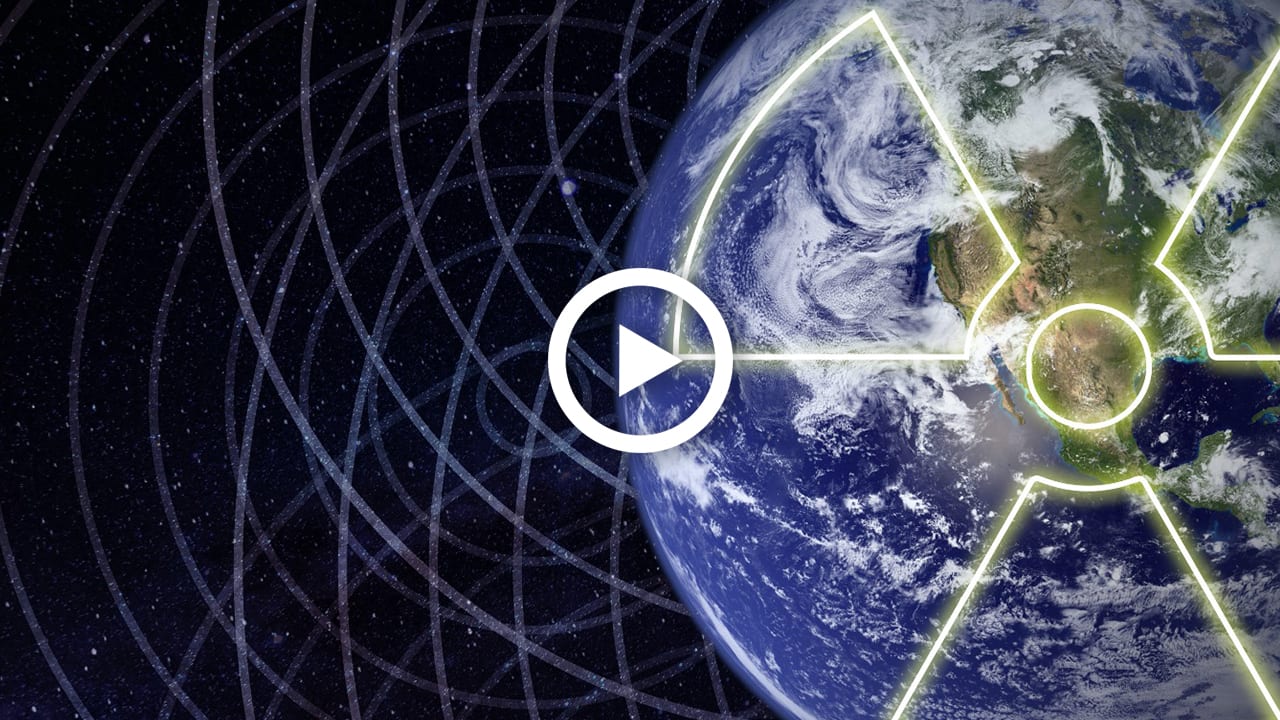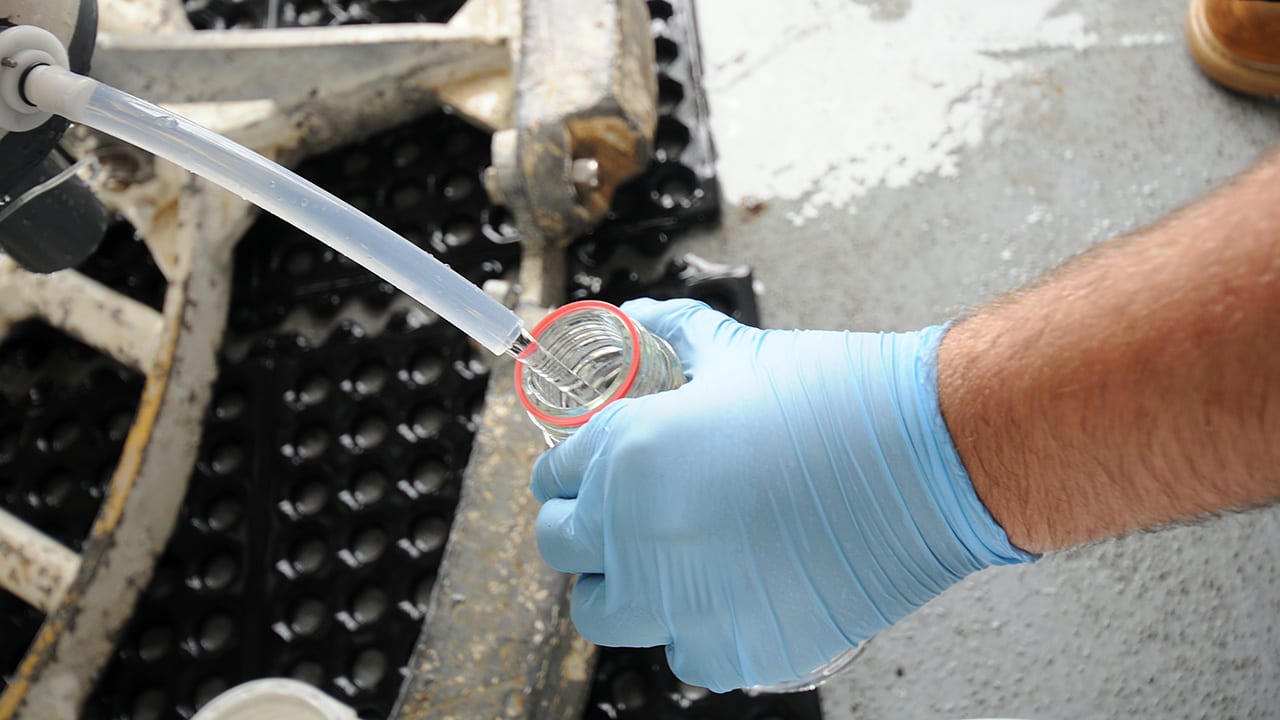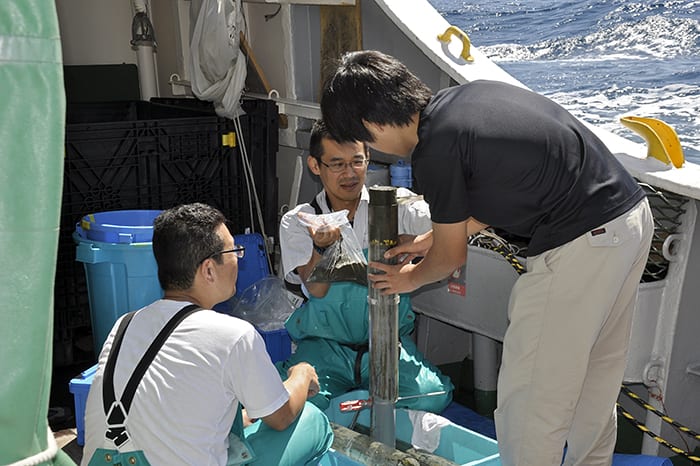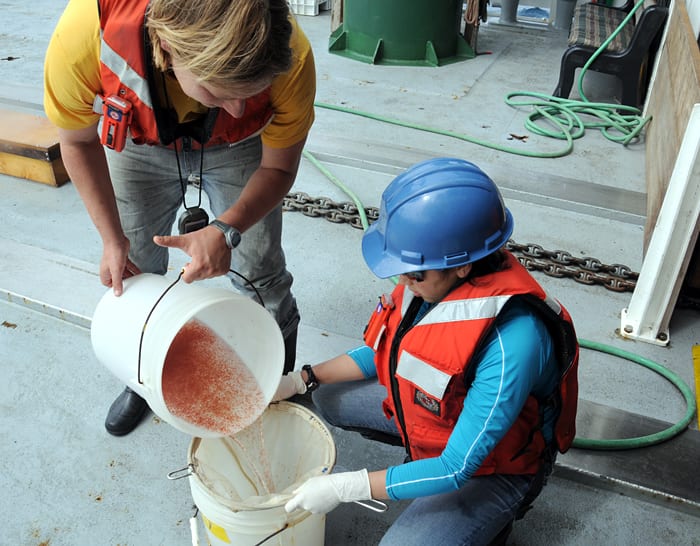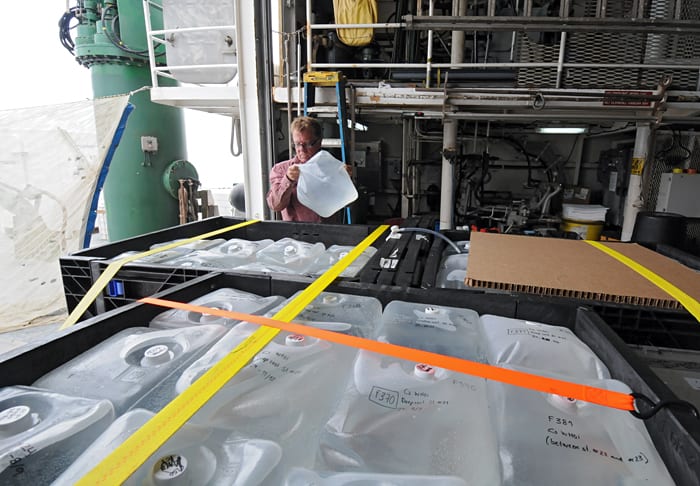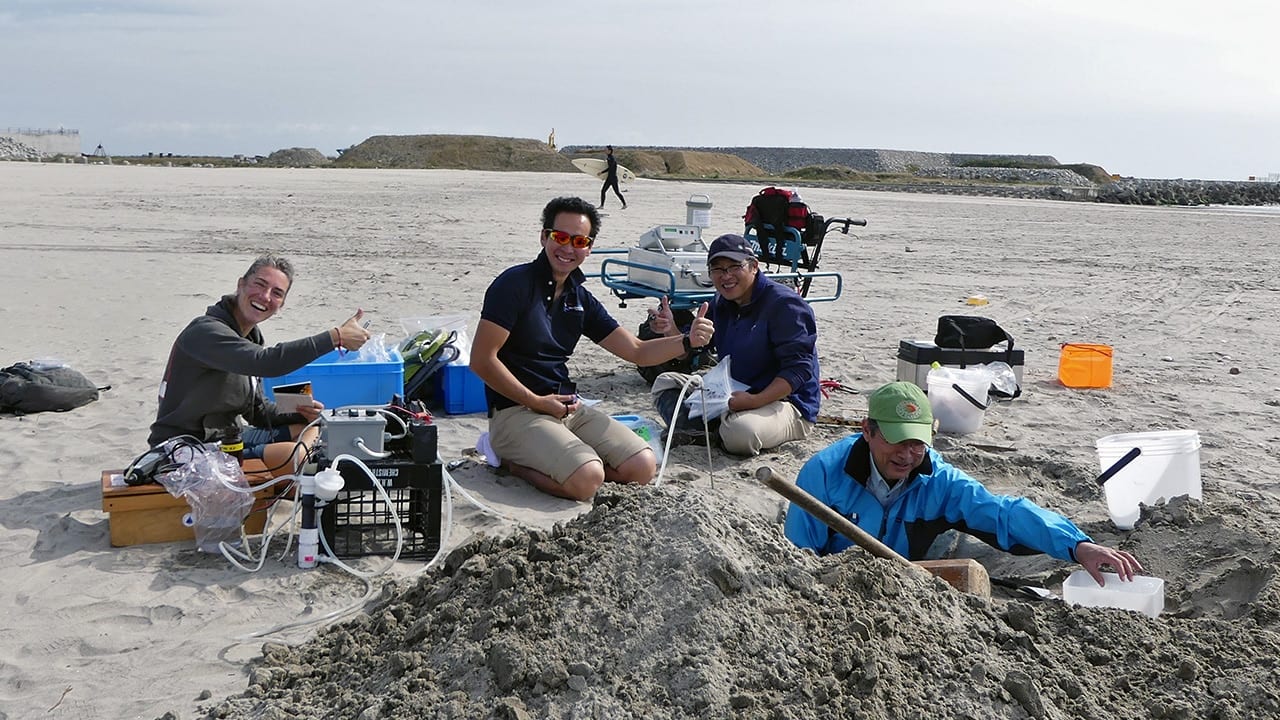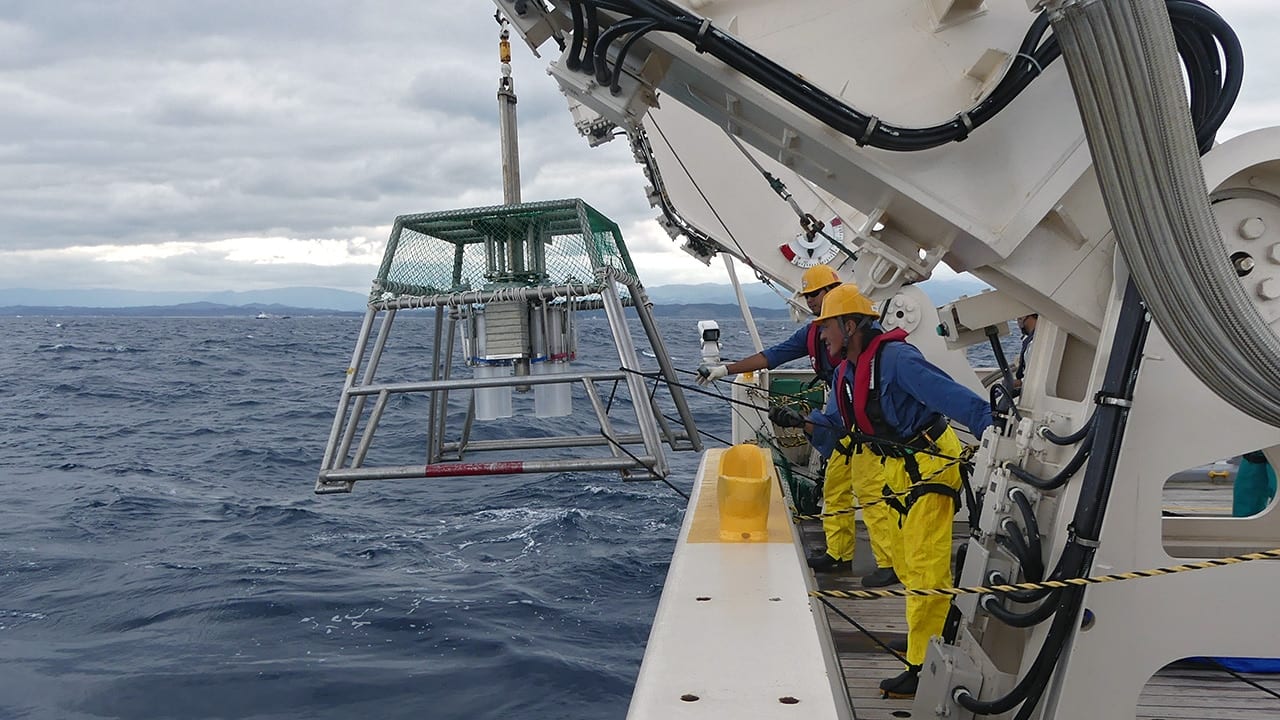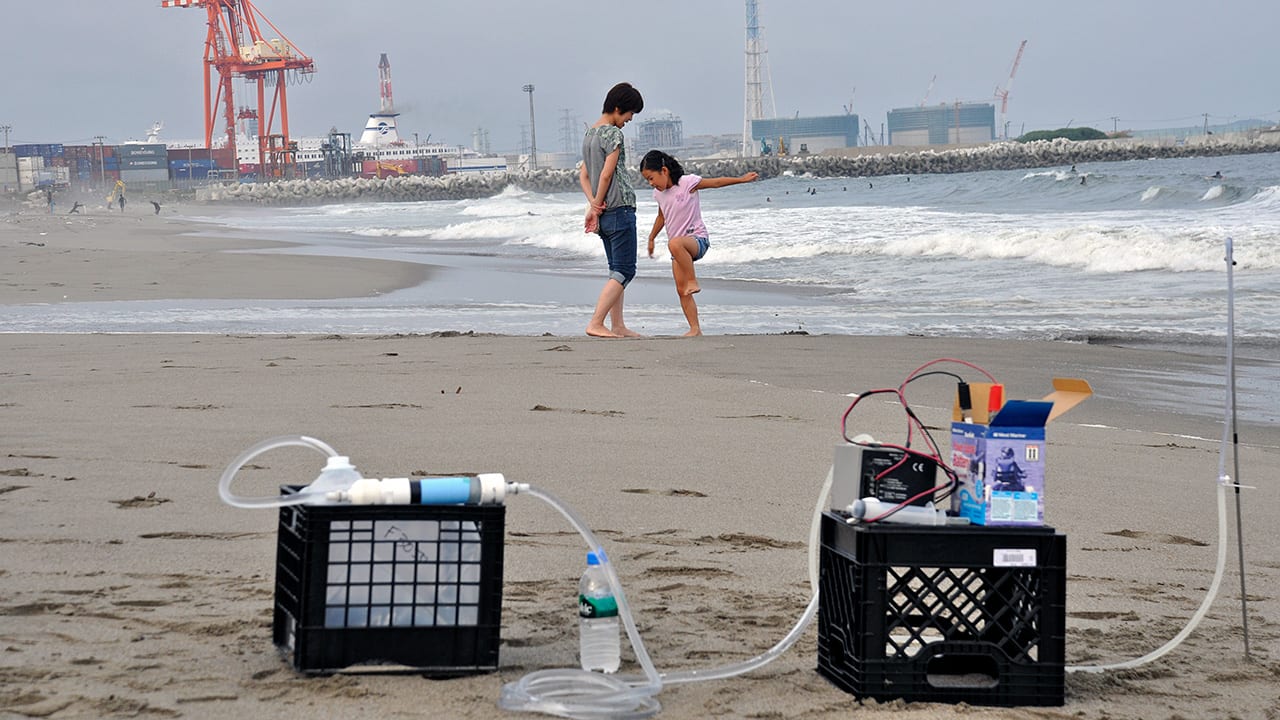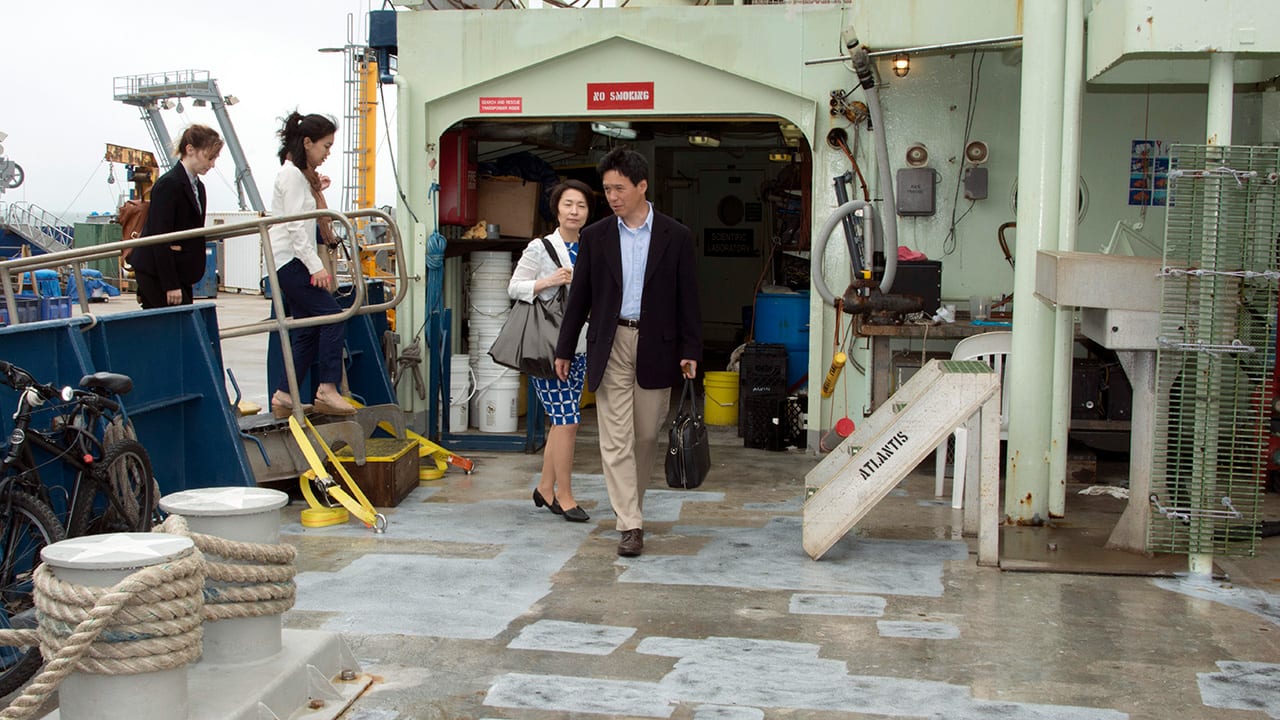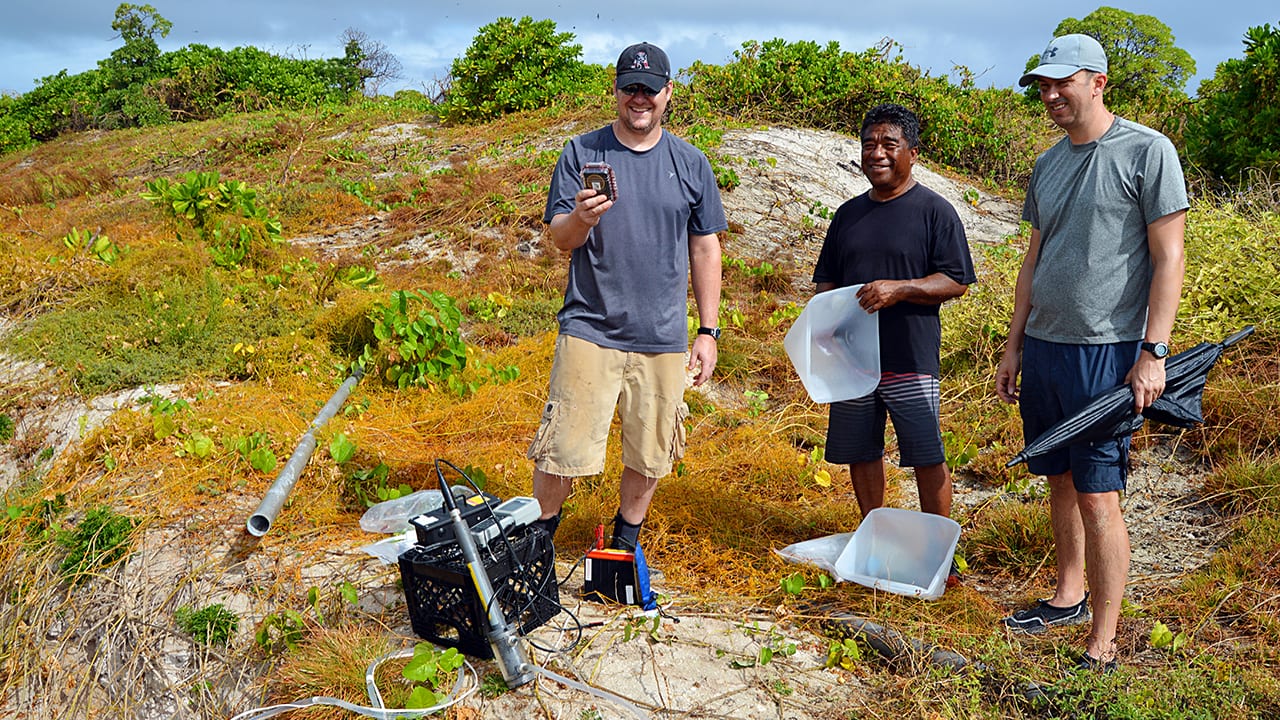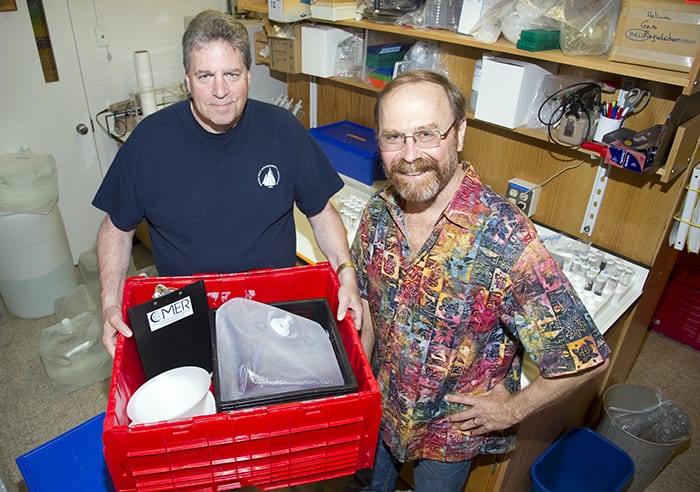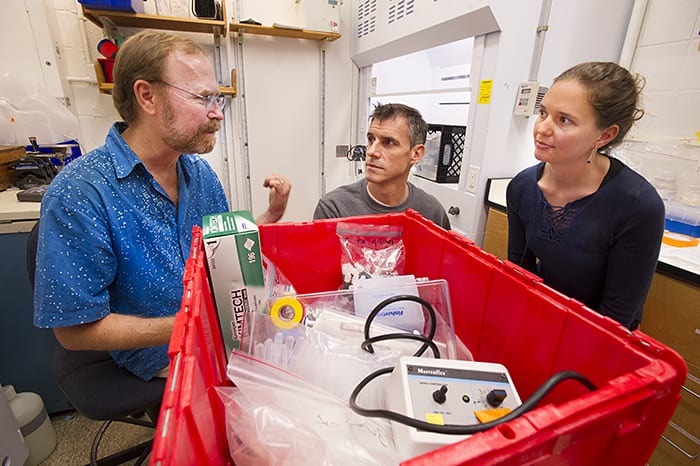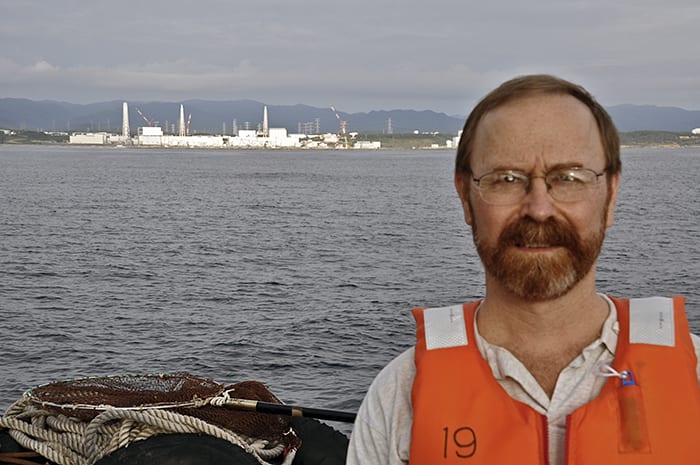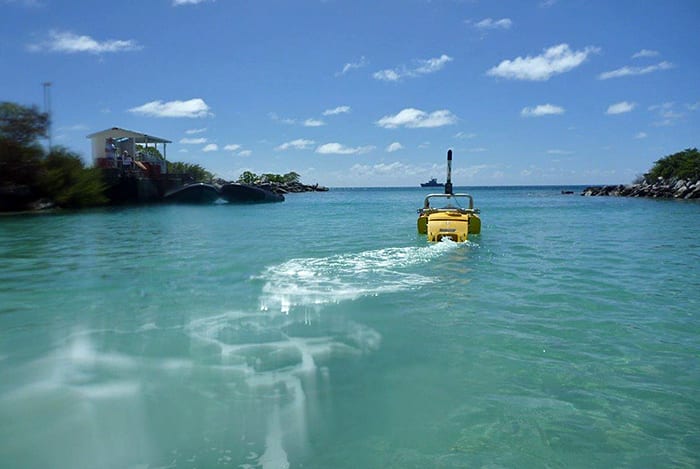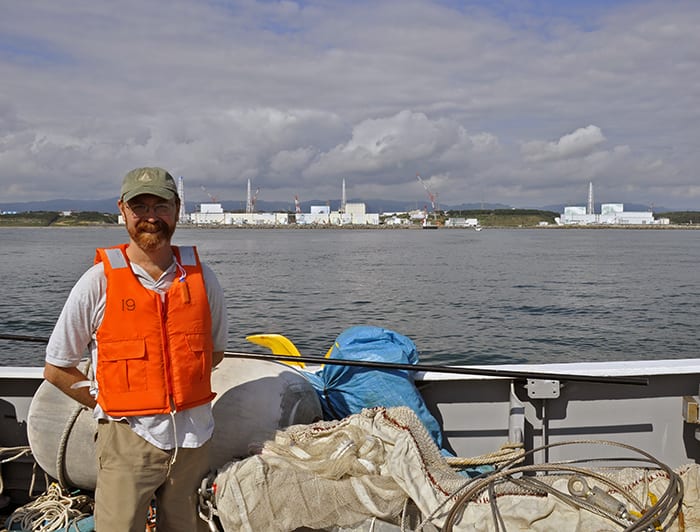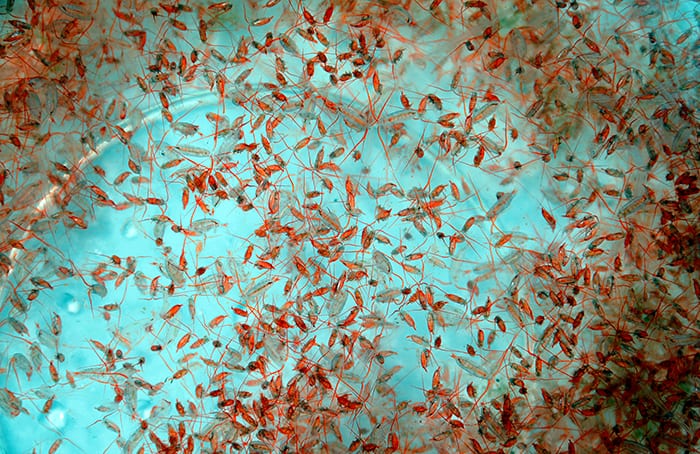Multimedia Items
Science Made Public: Fukushima Radiation
Originally published online August 21, 2012
Read More
Fukushima and Radiation in the Ocean:
How much?
Map showing radiation measurements in the ocean
Twenty-five years ago today, the Chernobyl nuclear power plant in Ukraine exploded and burned, creating what was at the time the largest accidental release of radiation to the environment. Ken…
Read MoreDrifter plot and radioactive substance levels plot relating to Fukushima
BOTTOM: An international scientific team led by WHOI marine chemist Ken Buesseler completed a research cruise in June 2011 to assess the levels and dispersion of radioactive substances from the…
Read MoreOcean Encounters: Radiation
We live on a radioactive planet. With the 10th anniversary of the accident at the Fukushima Dai-ichi nuclear power plant in Japan, we take a look at the radiation all around us—its natural sources, its human applications, and their impacts on us and our environment. We’ll also delve into some of the beneficial uses of radioactivity and the way we perceive—or misperceive—the threats that radiation poses.
Read MoreTracking Fukushima Radioactivity
In the weeks after the Fukushima nuclear power plant disaster in 2011, WHOI geochemist Ken Buesseler organized an expedition with scientists from different fields and institutions to investigate radioisotopes from…
Read MoreSampling Fukushima
Core samples from the seafloor provide Japan Atomic Energy Agency scientist Shigeyoshi Otosaka (left) and his colleagues data for studying the dispersion and sedimentation of radionuclides from the Fukushima nuclear…
Read MoreRadiation Monitors
Three months after the 2011 nuclear plant disaster in Fukushima, Japan, WHOI marine chemist Ken Buesseler led an expedition to the Northwest Pacific to investigate the extent and impacts of…
Read MoreFukushima and the Ocean
WHOI researcher Steve Pike packed some of the 3 metric tons of seawater collected during a 2011 cruise to study the spread, fate, and impacts of radionuclides released from the…
Read MoreBeach Day
In 2013, WHOI chemist Ken Buesseler went to Japan, where he collected samples of groundwater and beach sands as part of his and chemist Matt Charette’s work tracking the spread…
Read MoreWhat Lies Under the Beach?
A team of international scientists led by Ken Buesseler at WHOI dug pits to sample sand and groundwater at a popular surfing beach in Yotsukura, Japan, for residual radioactivity released…
Read MoreRadioactivity in the Ocean
Crew members on the Japanese research vessel Shinsei Maru deploy a “multi-corer” to collect samples of seafloor sediments just offshore from the Fukushima Dai-ichi nuclear power plant. WHOI scientist Ken…
Read MoreDigging for Radioactivity
Former WHOI post-doctoral scientist Virginie Sanial sampled groundwater beneath beaches in Japan to look for radioactive cesium-137 from the 2011 Fukushima nuclear plant accident. To her surprise, she and colleagues found…
Read MoreBeneath the Surface
Members of the lab run by WHOI chemist Matt Charette installed equipment near the city of Sendai during a trip to Northeast Japan to collect groundwater samples. Charette and WHOI colleague Ken Buesseler recently…
Read MoreWelcome Aboard
A delegation from the Consulate General of Japan in Boston toured WHOI’s research vessel Atlantis on a recent visit to WHOI: Consul General Rokuichiro Michii, Consul Mari Fujii, researcher and advisor…
Read MoreWhere Has All the Radioactivity Gone?
WHOI geochemist Matt Charette (right) collects samples of groundwater from a well on Enewetak Atoll, a tiny island in the Pacific Ocean, along with WHOI researcher Paul Henderson (left) and…
Read MoreTesting the Water
WHOI supporter Harry Hollum (left) holds a sampling kit that marine radiochemist Ken Buesseler (right) developed to help citizen scientists on the West Coast collect water to be tested for…
Read MoreScience Practice
Long-distance swimmer Ben Lecomte visited WHOI in July to prepare for his attempt to swim across the Pacific Ocean later in 2015. He was here to learn how to collect…
Read MoreSwimming for Science
WHOI chemist Ken Buesseler (left) and technician Jessica Drysdale give long-distance swimmer Ben Lecomte instructions in how to test seawater for radioactive isotopes of cesium released from the Fukushima Dai-ichi…
Read MoreBefore and After
In 1946, some 40 WHOI staff participated in work to study the effects of a nuclear blast and subsequent radiation on the ocean and marine life. From left, Arnold Clarke, Ruthann…
Read MoreFour Years On
In March 2011 one of the largest earthquakes ever recorded shook Japan, creating a tsunami that damaged the Fukushima Dai-ichi nuclear power plant and resulted in the largest unintentional release…
Read MoreA Little Background
A remotely controlled “JetYak” surface vehicle leaves a beach on Bikini Atoll recently during a trip by WHOI chemists Ken Buesseler and Matt Charette. Use of the JetYak is led…
Read MoreClose-up
In September 2013 WHOI marine chemist Ken Buesseler traveled with a group of Japanese colleagues to the northeastern coast of Japan within one kilometer (one-half mile) of the damaged nuclear…
Read MoreThe Sea’s Bounty
A collection of copepods fills a specimen dish to be identified and counted. Scientists on board the research vessel Ka’imikai-o-Kanaloa collected the sample off the northeast coast of Japan in June 2011…
Read More
